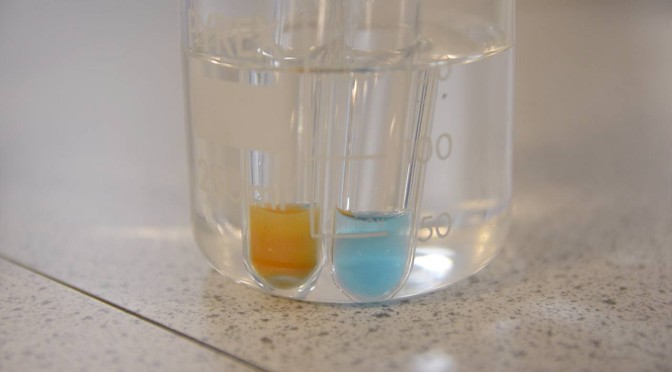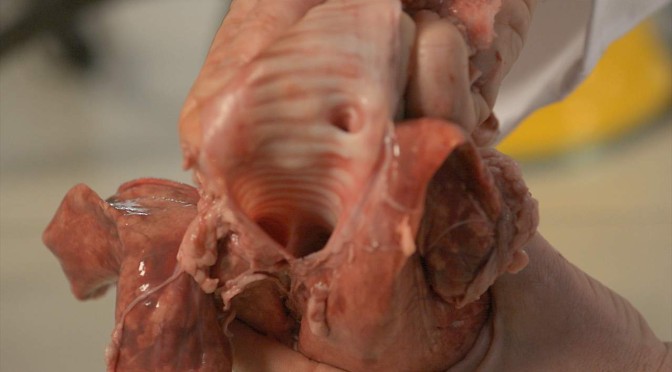If you’ve studied biology in school, there’s a good chance you’ve tried to count the bubbles of gas emerging from a piece of pondweed called Elodea placed in a beaker of water. This has been a standard practical used in biology teaching for decades and is still widely used. This video shows how it can be be done better using a different plant, Cabomba, and how using different approaches allows students to learn about different aspects of photosynthesis.
Get support materials and see the other films in this series from Science and Plants for Schools.



